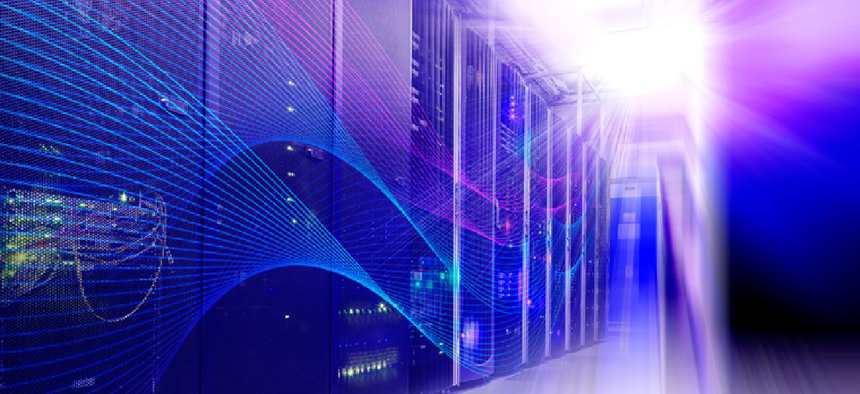Data centers are more energy efficient than you think

New research shows that improvements in facility design and new energy efficiency technologies have kept data center energy use relatively flat over the last 10 years.
The explosion of data-intensive applications like artificial intelligence, social media, streaming video and financial analysis has led many to conclude that data centers use significant amounts of electricity and that their power demands will only increase as cryptocurrencies, 5G and smart cities come online.
However, new research shows that improvements in facility design and energy efficiency have kept data center energy use relatively flat over the last 10 years.
Researchers at Northwestern University, Lawrence Berkeley National Laboratory and Koomey Analytics developed a detailed, nuanced model of global data center energy use that incorporates new sources. Their model includes the energy used by specific data center equipment including (such as servers, storage devices and cooling systems), by type of data center (including cloud and hyperscale centers), and by world region. With the resulting model, researchers have a better idea of data center energy demands, according to a report from Northwestern’s McCormick School of Engineering.
“Less detailed analyses have predicted rapid growth in data center energy use, but without fully considering the historical efficiency progress made by the industry,” said study coauthor Arman Shehabi, a research scientist at Lawrence Berkeley National Laboratory. “When we include that missing piece, a different picture of our digital lifestyles emerges.”
In 2010, data centers consumed roughly 1% of worldwide electricity use, according to an analysis of the research by Wired. By 2018, internet traffic had grown 10-fold, but data center energy use grew only 6%, thanks to energy efficiency improvements.
The average server now uses one-quarter as much energy as did those in 2010, and it takes roughly one-ninth as much energy to store a terabyte of data, Wired reported. Virtualization software, along with hyperscale computing centers and innovative cooling technologies, are also improving energy efficiency.
Hyperscale data centers, which maintain thousands of servers and can operate servers at higher utilization in infrastructure-efficient spaces, can deliver significant overall energy savings. Companies operating these massive centers – Amazon, Facebook, Google and Microsoft, for example – are also experimenting with artificial intelligence and renewable energy sources to further improve efficiency and lower costs.
Google has been using machine learning to automatically optimize cooling in its hyperscale data centers and has deployed smart temperature, lighting and cooling controls to further reduce energy use. Those improvements have made Google data centers twice as energy efficient as a typical enterprise data center, delivering seven times as much computing power with the same amount of electrical power, according to a company blog.
Facebook’s hyperscale data center being built in Singapore, which will run on 100% renewable energy, features a cooling system that minimizes water and power consumption and is expected to reduce peak water usage by more than 20% in hot, humid climates like Singapore.
“While the historical efficiency progress made by data centers is remarkable, our findings do not mean that the IT industry and policymakers can rest on their laurels,” said Eric Masanet, Northwestern associate professor of mechanical engineering who led the study. “We think there is enough remaining efficiency potential to last several more years. But ever-growing demand for data means that everyone -- including policy makers, data center operators, equipment manufacturers, and data consumers -- must intensify efforts to avoid a possible sharp rise in energy use later this decade.”






